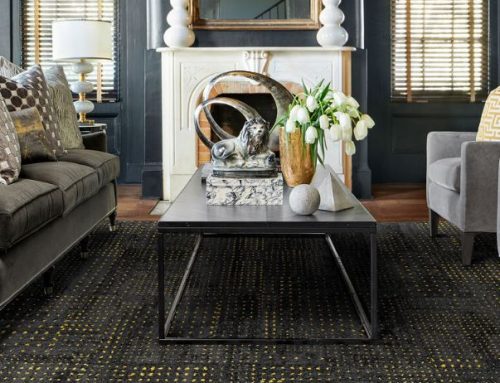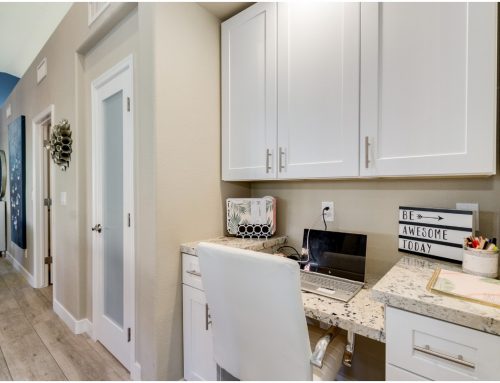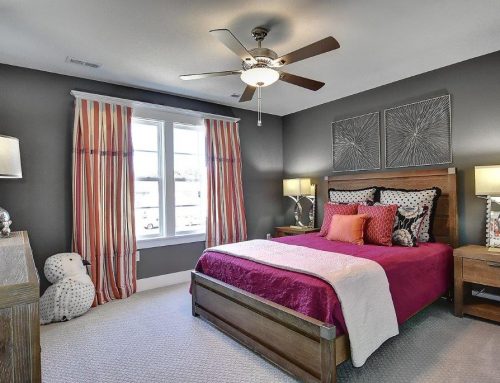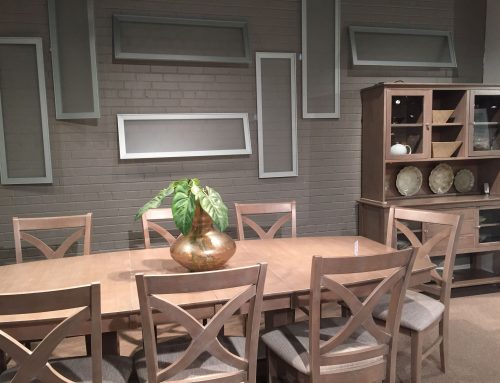Did you know that our principal designer, Michelle Nettles, is a Certified Aging in Place Specialist (CAPS)? This certification means that we can help clients with special needs design spaces that not only fit their personal style, but also make their lives easier on a day-to-day basis! If you’re thinking “That’s great, but I don’t need a CAPS interior designer,” consider this: How would your home work for you if you found yourself with a disability tomorrow?
The goal of aging in place design is to give people the ability to stay in their homes as they age, possibly with the help of a caretaker, rather than having to enter a nursing facility. The related field of universal design aims to create spaces that accommodate the needs of people with a wide range of abilities. Unlike handicap remodeling that retrofits a space to include safety and mobility features, universal design aims to foster accessibility in a more holistic way. Besides increasing accessibility, one thing the two design philosophies have in common is that they can be integrated seamlessly into interior design without sacrificing style. Aging in place/universal design features include:
- Wider doorways and hallways to accommodate wheelchairs
- Single story homes
- Curbless showers which allow wheelchair access
- Non-slip tile to prevent falls
- Thresholds that are flush with the floor to prevent tripping
- More and better lighting with rocker switches (Rocker switches are easier to use for those with conditions like arthritis, but let’s be honest- everyone could use better lighting!)
- Lever door handles and touch-open latches on cabinetry to make it easier to open doors and cabinets
Let’s face it, contemplating the aging process isn’t fun for any of us, and if you’re relatively young, you may feel like you don’t even need to consider making your home more accessible. But how long do you plan to stay in your home? If you’re settled in what you expect to be your last house, don’t just assume that you’ll fix the accessibility issues later. It’s easy to put off these types of home improvement, thinking “We don’t need to consider that yet.” However, if you’re considering remodeling your home in the near future anyway, why not add aging-in-place features? Even if you do move again, those subtle features can become selling points when you put your house on the market!
If you’re looking for a Virginia Beach interior designer who can help you make your home both beautiful and functional, for today and the future, contact MJN & Associates Interiors today.






Leave A Comment